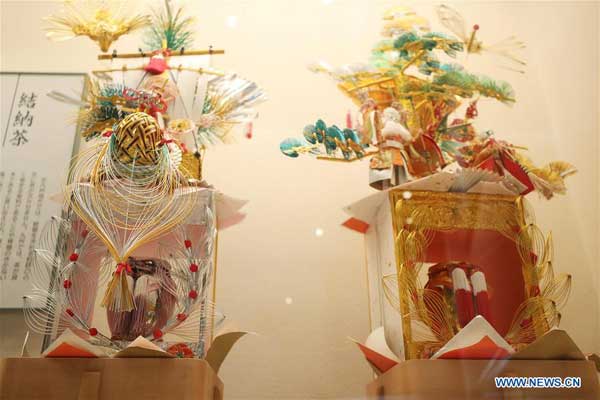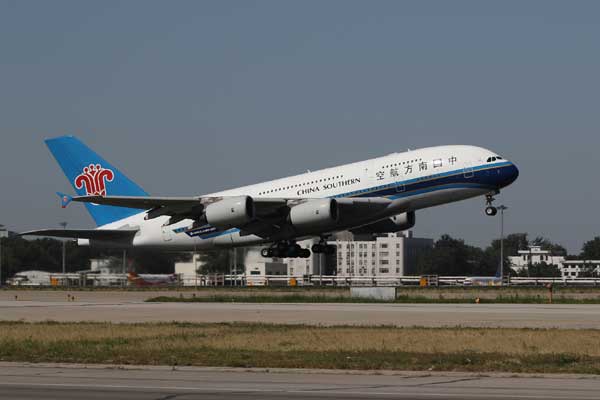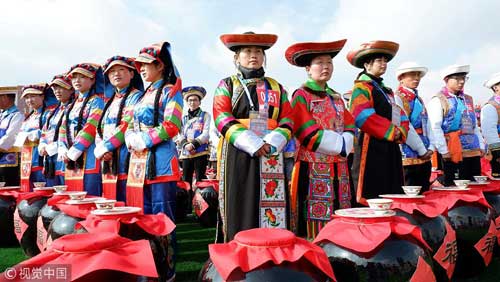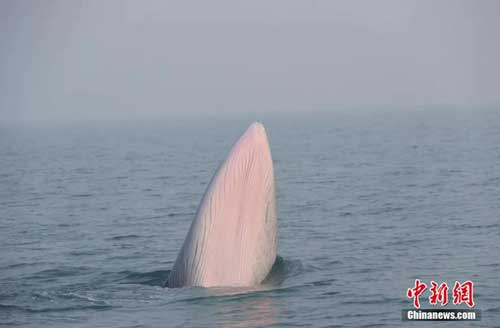In the words of a former Japanese intelligence officer captured in his account at the International Military Tribunal for the Far East, "Taking Chinese women as 'comfort women' would console soldiers dispirited due to defeats in battle; their feeling arising from defeat on the battlefield by Chinese forces would be redressed most effectively on the bodies of Chinese 'comfort women'… Our soldiers would be comforted both mentally and physically, and they would become fully confident of victory." Yasuji Okamura, former Commander-in-Chief of Japan's North China Area Army, acknowledged after the war that he had been "the initiator of the utterly shameless 'comfort women' system.''
On the eve of the January 28th Incident in 1932 (when Japan made its first attack on Shanghai), the headquarters of the Japanese Naval Landing Forces designated the Daiichi Saloon (now at Lane 125, Dongbaoxing Road in Shanghai) as a special "comfort station" for the navy. This was the first "comfort station" in China. In late December 1937, Iwane Matsui, Commander-in-Chief of the Central China Area Army, also gave orders to set up "comfort stations."
There were generally three kinds of "comfort station." The first were those directly set up in occupied areas by the Japanese military. For instance, following the seizure of Nanjing by the Japanese 16th Division, the regiments of the division set up "comfort stations" in the locations where they were stationed. Those falling into the second category were those opened by Japanese nationals in China on military orders. Soon after Japanese troops captured Nanjing, Japanese nationals in the city set up "hometown comfort stations" and "Naniwa comfort stations." The third type was set up by Chinese traitors under orders from the Japanese military.
"Comfort stations" were also set up in Hunan, Hubei, Anhui, Guangdong, Fujian, Guangxi, and Yunnan provinces, in big cities such as Beiping and Tianjin, and in the vast rural areas of Shanxi, Hebei, Shandong, and Henan provinces.
The primary means by which the Japanese military obtained "comfort women" was forcible abduction, but other means included the establishment of quotas for residents by local puppet governments, and the deception of women.
Many female Chinese soldiers captured on the battlefield were also sent to remote frontlines to serve as the sex slaves of Japanese troops. These women were called "circuit comfort women"; they met with serious abuse, and the majority were murdered.
Chinese women were the largest group to suffer from Japanese soldiers' sexual violence and the "comfort women" system. The total number of sex slaves of the Japanese military is difficult to calculate due to the loss of historical materials, however according to incomplete statistics, the Japanese military abducted more than 200,000 women from China and more than 160,000 from Korea, while most of the rest came from Japan and some Southeast Asian countries and a small number came from Australia, America, Britain, the Netherlands, the Soviet Union, and other countries.



 ][
][ 











